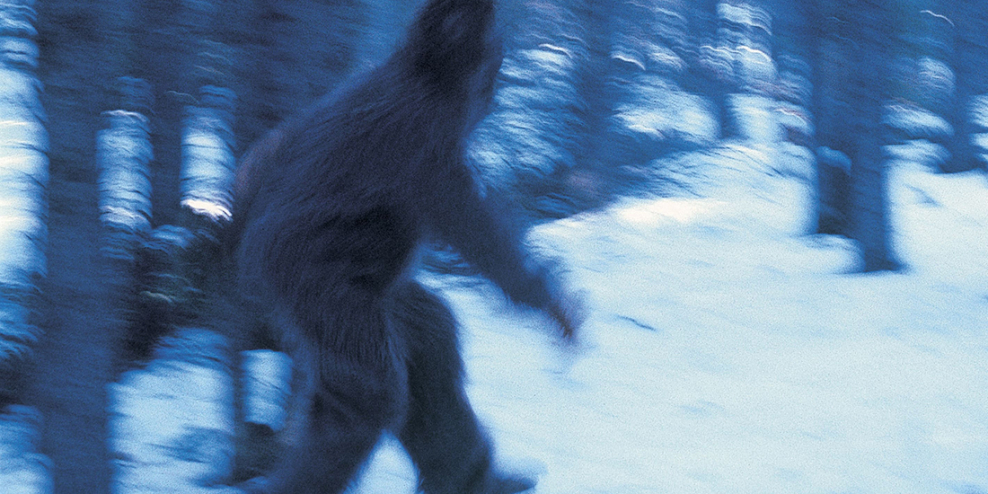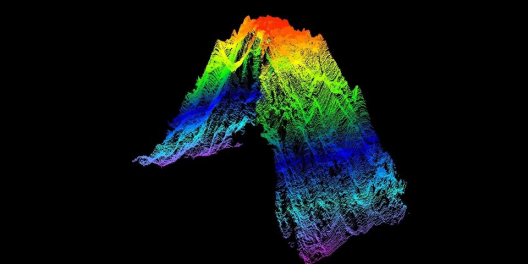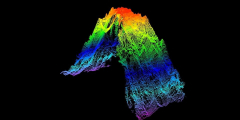The 1st annual Dr. John Bindernagel Memorial Sasquatch Conference was held October 29 in Courtenay. The sold-out event attracted bigfoot believers – and probably some skeptics – who paid $40 each to hear presentations from various people, including conference organizer Thomas Sewid and Andrew Walas Puglas Jr. of the We Wai Kum and Homalco First Nation.
The conference was held in honor of Bindernagel, a renowned bigfoot scientist who lived in the Comox Valley until his death in 2018.
Born in Kitchener, Ontario, Bindernagel earned a PhD in biology from the University of Wisconsin before moving to BC in 1975. Among believers, the Pacific Northwest is considered a hotspot for bigfoot (aka Sasquatch) sightings.
Bindernagel was not only a believer, he was also a serious scientist. From his home in Courtenay, Bindernagel compiled reports of sightings, studied grainy photographs of unidentified creatures that were sent to him, and made plaster casts of curious looking prints that he found in Strathcona Provincial Park. He often conducted field surveys around places like Wolf Lake and Comox Lake. In 1992, he claimed to have heard the call of a bigfoot. He said the whooping sound was like that made by chimpanzees.
Bindernagel wrote two books, North America’s Great Ape: Sasquatch (1998,) and The Discovery of the Sasquatch: Reconciling Culture, History and Science in the Discovery Process (2010.)
Concrete evidence of the mysterious ape eluded Bindernagel, but he never stopped believing. For this he paid a considerable personal price amongst his scientific peers. It ranged from skepticism to outright ridicule. The question they ask, rightly so, is where’s the proof?
In a review of his first book for the Northwestern Naturalist journal, James Lazell and Jannine Caldbeck wrote that if bigfoot existed it “would necessarily consume such enormous resources as to be a real nuisance, make a major and unmistakable ecological impact, and be a frequent provider of road and hunter kills. Hoaxing cannot be dismissed.”
Terrance James, a close friend of Bindernagel’s, recently published a biography of the bigfoot biologist. In an interview published last April in the Comox Valley Record, James recalls his friend’s frustration at being shut out by the mainstream scientific community from presenting his research.
“There were gatekeepers, scientific peers who would say no, because there’s no evidence to support that Sasquatch exists. So he was prevented from talking at scientific conferences. However, he had a great following, particularly in the US amongst Bigfooters. And they invited him to many conferences as a guest speaker,” James said.
Nobody has found a skeleton or any remains of a creature to support the existence of sasquatch, which is thought to be derived from the Salish word Sasq’ets, meaning “wild man” or “hairy man.”
However sasquatch, yeti and bigfoot live on in mythology and the popular imaginations of many other believers.









